Bar Bending Basics: Schedule, Safety & Machine [Pro, Cons]
What is bar bending
Construction involves various stages; including bar bending. Bar bending refers to folding steel reinforcement bars into the right shapes and lengths for use in construction.
It is done manually or by machines depending on the nature of construction and in line with bar bending basics.
Its importance in construction
Structural soundness is a key consideration in construction. Concrete, being a common construction material lacks structural strength to sustain design loads at certain limits, however steel reinforcement bars are used to improve the structural strength of concrete.
Bar bending provides the right length and shape needed for efficient reinforcement depending on the structural member being constructed.
Contents
What is Bar Bending Schedule (BBS)
The BBS
Reinforcement bars are cut, bent, and placed in different formats according to the structural engineers’ directives.
To achieve this, a list of reinforcement bars, their sizes, lengths, form, and arrangement is prepared for use on sites; this list is known as the bar bending schedule (BBS)
Its importance in construction projects
Bar bending schedules play a critical role in the reinforcement process, other than guiding on which type of bar to be placed at a specific position in a building, it can be used to estimate reinforcement costs.
The total length of certain bar types and how they are bent; by human or machine, allows you to estimate the resources needed for proper planning and allocation during construction.
Methods of Bending Steel Bars
Various bending methods
Manual bending
Manual bar bending is the most common way of bar bending in construction. It is done using a steel pipe with a wide enough diameter and long handle for efficiency.
To manually bend a reinforcement bar, start by marking out and cutting the bar at desired lengths.
Mark the point you need to bend and insert the pipe until it is close enough to the marked point.
Put your foot about 6 inches from where you need the bar bent.
Pull the steel pipe towards you while applying force on the steel bar using your foot.
Once you achieve the required angle, pull up the pipe and lift your foot from the now-bent bar.
Machine bending
Mechanization of bar bending is one of the most common trends in construction today. There are various types of machines used to bend reinforcement bars that you can choose from.
The procedure of machine bending varies depending on the type of machine used. While some require manual feeding and cutting of reinforcement bars, CNC bending machines autonomously feed, cut, and bend the reinforcement bars.
Heat bending
Heat bending refers to the forming of rebars while heating them to high temperatures. The section to be bent is subjected to heat to reduce the bar’s resistance to bending, although it makes bending easier, heat bending reduces the structural strength of bars.
Additionally, sections of the rebar subjected to heating are likely to reduce in diameter after bending; leading to compromised structural integrity of reinforced structures.
Process of Bar Bending
What’s the process
Bar bending processes are critical in building construction; they are supervised by professionals such as structural engineers with adequate knowledge of concrete reinforcement.
Before concrete casting, bar bent bars are inspected and corrected to meet the required safety standards. Manual bar bending requires keen supervision and evaluation as it is subjected to human error. Machine bar bending on the other hand might require minimal supervision as long as the calibration is done correctly.
What equipment and tools are required
The following tools are used for manual bar bending
- Tape measure- Used to measure the lengths of rebar needed for bending.
- Hacksaw- Used to mark where the bar should be bent and for cutting the bar into the needed lengths.
- Bar bender- There are different forms of manual bar benders. While some are locally made using waste pipes and steel pieces, others are manufactured in factories. The general structure of a bar bender is two clips on one end that hold the bar in place and a handle; handle length varies depending on the size and design of the bender.
- Steel pipe- Steel pipes of varied diameters and lengths are used to pull the bar up to achieve the needed bend. The diameter of the pipe depends on the bar size being bent.
In machine bending, the bar bender and steel pipe are replaced with an electrically powered machine.
Safety precautions during bending
Safety is key during bar bending. To prevent injuries to the person bending, you should have protective wear.
Having gloves and boots protects your feet and palms from cuts and blisters associated with handling steel over a long time.
Goggles protect your eyes from dust, rust, and filings that result from bar cutting and bending.
Firmly securing your working countertop ensures minimal movement of the bar; and prevents injuries that might result from snaping of the bar when subjected to bending forces.
Securing off your working area and marking the cut bars prevents injury to third parties on site.
Hazards in Bar Bending Machines
Common hazards
Mechanical Hazards
1. Entanglement with moving parts
Bar bending machines have several moving parts; these include the bending mechanism and bar feeding mechanism.
When loose objects are entangled in these parts, they might cause injuries or damage to the machine.
Operators should avoid loose clothing or exposing long hair to prevent such accidents.
2. Crushing and shearing hazards
Bar bending machines are either hydraulic or electrically operated. These operation mechanisms generate huge forces to bend the bar.
When exposed, the forces are exerted on the operator’s hand or any other unwanted item. This results in crushing or shearing if the exposed part can’t withstand the force.
3. Pinch points
Pinch points are where two moving parts, or one moving part and one stationary part of the bending machine meet and pass each other.
The reduced space between the parts and forces exerted creates a pinching effect when one is exposed.
Electrical Hazards
1. Electric shock
Electrically operated bending machines could lead to electric shock if a live circuit is exposed or in contact with conductive parts of the machine.
Touching an electrically charged machine surface without protective gear completes the circuit; transferring electric current into your body.
2. Short circuits
Short circuiting occurs when electric current travels in the unintended direction leading to damaging the bar bending machine.
It occurs when a damaged or exposed circuit is accidentally completed.
3. Overloading
Overloading is when excessive current is drawn from an electric outlet or socket. Overloading could damage the machine or the electrical connection to which the machine is connected. When overloading occurs, the electric wires heat up and melt placing the establishment at risk of fire.
Noise Hazards
1. Impact on hearing health
Engine-operated bar-bending machines produce a lot of noise, exposure to the noise over long periods could damage the operator’s eardrum.
Additionally, the noise resulting from the continued handling of reinforcement steel places the operators at risk of hearing complications.
2. Long-term exposure risks
Exposure to machines and reinforcement steel over time places one at several risks. The rust, dust, and filings from bar bending processes could cause respiratory problems over time. Additionally, one might develop eye complications due to prolonged exposure to flashing lights associated with cutting or heating steel bars.
Ergonomic Hazards
1. Musculoskeletal disorders
Musculoskeletal disorders such as back pain and extreme fatigue occur when you work for long hours.
Reinforcement bars are heavy; handling them over a long time causes muscle-related complications such as extreme fatigue.
Additionally, some machines exhibit vibrations during operations, which causes extreme fatigue to operators as they need to be held for effective bending.
2. Repetitive strain injuries
Repetitive strain injuries are caused by continued and repetitive use of a body part. The bar bending process follows a specific pattern; the operators’ shoulders, wrists, and back are likely to repeat identical movements for a long time leading to repetitive strain injuries.
Safety measures to mitigate risks
Various measures could be put in place to mitigate risks associated with bar bending machines. Routine maintenance and proper usage ensure the risks of electrical shock and overloads are avoided.
Additionally, getting the right machine depending on your electrical connections prevents risks associated with circuit overloads.
Maintaining a specific routine with shift changes and breaks prevents ergonomic hazards for operators. This allows them to work effectively and for a long time without complications.
Regular medical check-ups for machine operators prevent escalation of hearing and sight hazards. These can also be prevented by wearing goggles and ear muffs when operating the machines.
Clearly labeling the machine and shielding moving parts prevents entanglement, crushing, pinching, and shearing risks.
Benefits of Bar Bending Machines
Increased efficiency and productivity
Manual bar bending is associated with a lot of cutaways which increases the number of complete steel bars used.
Precision and accuracy in bending
Bar bending machines offer precise bending making them ideal for projects that require high accuracy. Unlike manually bent bars, machine-bent bars have a clearer bend with a shorter radius.
Reduction in labor costs and time
With machines, you can bend more bars within a short time. Fatigue in humans makes manual bar bending tedious and slow lengthening the project execution time.
Purpose of a Bending Machine
Role of bending machines in construction projects
Like other equipment, bar bending machines play a pivotal role in construction. They allow precise bar bending for efficient reinforcement of concrete structures. Concrete reinforcement improves the durability and safety of buildings.
Bending different types of bars
Reinforcement bars are of different shapes and sizes; the most common ones being round bars. It is easier to bend round bars manually; other shapes can only be well bent using machines.
To achieve smooth curves, bar bending machines can be used for flat, square, and rectangular bars. This can be achieved by changing the shape of bar holders on the machine and bending force applied.
Advantages and Disadvantages of Bar Bending Machines
Advantages
Consistency in bending
It is easier to create uniform shapes with a bar bending machine than manually. Once the machine has been calibrated to the right measurement, it can be used over and over without changing the set properties.
Ability to handle large volumes
Bar bending machines can achieve high volumes depending on the machine’s capacity. With minimal human effort, operators are not subject to extreme fatigue as it is in manual bending.
Minimization of human error
The number of technicians needed for bar bending is significantly reduced when machines are used. This minimizes the chances of errors as operators can be trained to perfectly perform specific roles such as cutting or straightening while the machine bends the cut and straightened pieces.
Disadvantages
Initial investment cost
Bar bending machines are expensive and uneconomical for small-scale projects. Irrespective of the model, high-quality bending machines require high initial capital.
However, you can hire one from leasing companies instead of buying if you don’t have a long-term reinforcement project.
Maintenance requirements
Operation and maintenance of bar bending machines requires skilled personnel. This comes at a cost as it is expensive to train and hire operators.
The cost of repairing and replacing parts of the machine could be costly as some might need to be shipped from far away.
Dependency on power supply
Bar bending machines are dependent on power making them less ideal for remote work in remote places. High power consumption by the machines’ bending mechanism increases operation costs.
Conclusions
Bar bending machines have greatly improved the quality of concrete reinforcement in the construction industry.
The versatility of the machines allows for precise bending of different shapes and sizes of bars. The improved efficiency and reduced labor costs help in achieving secure and economical construction.
Despite their benefits, bar bending machines are associated with mechanical and electrical risks that when not mitigated could be harmful to operators and third parties at the site.
To improve the efficiency and adaptability of bar bending machines in the future, manufacturers are working to improve bar bending capabilities with low energy consumption. The development of bar bending machines that aren’t dependent on power supply will improve usage in remote areas.
Additionally, low power consumption and improved parts quality will lower the costs of maintenance and operation.
Easy-to-use bar bending machines will allow easy operation by staff with knowledge of bar bending basics.
Such improvements include autonomous cutting and bending machines that operate with remote instructions.
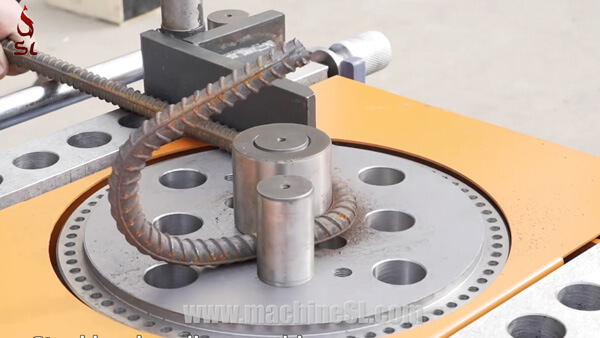
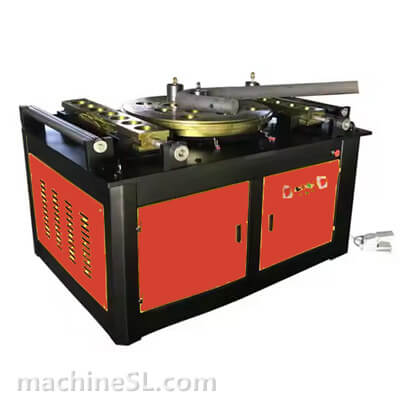
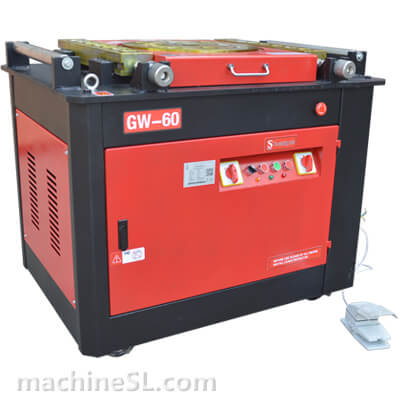
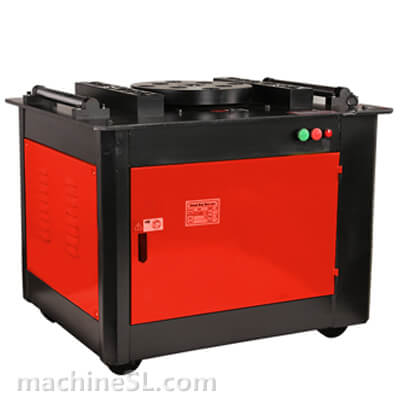
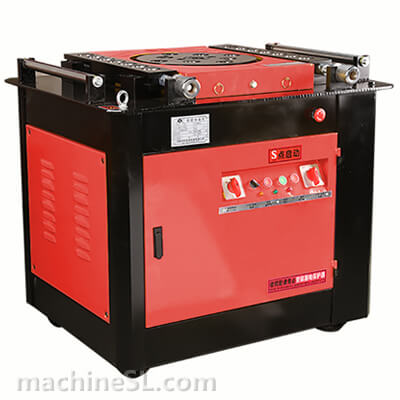
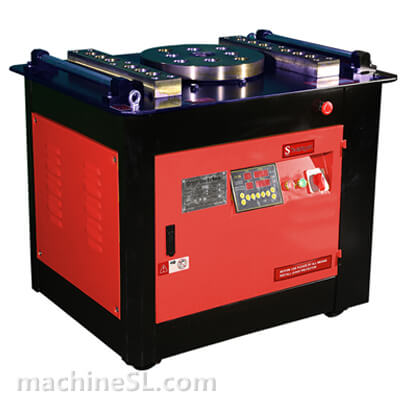
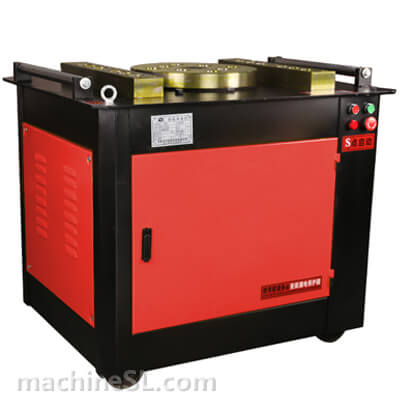
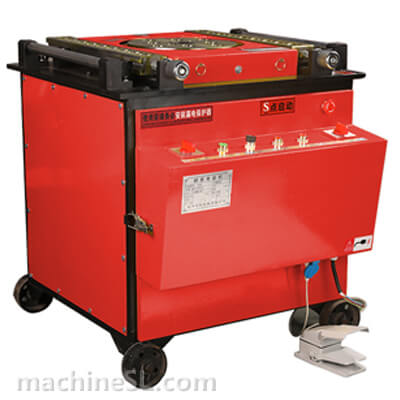
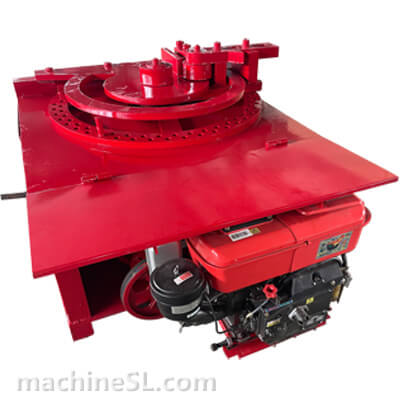
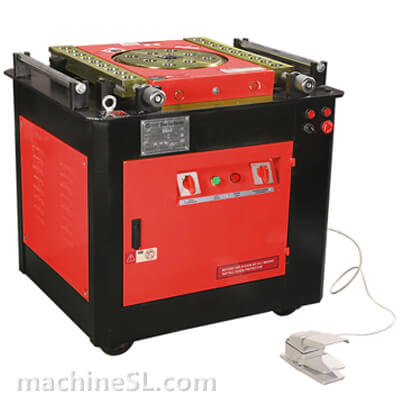
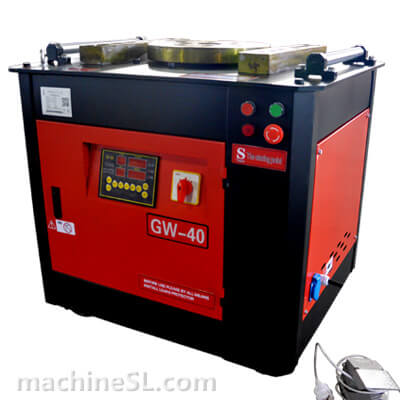
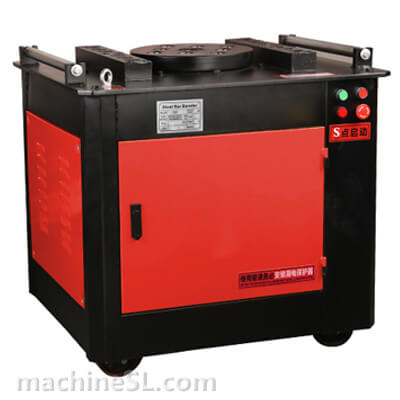
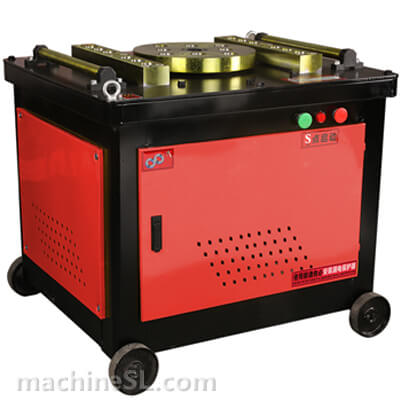
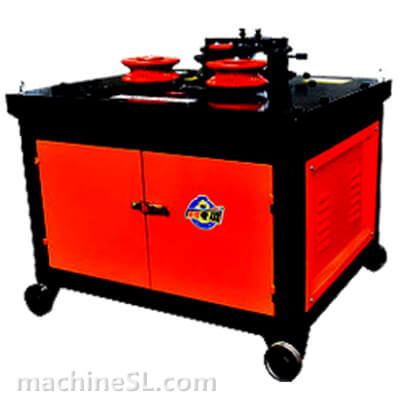
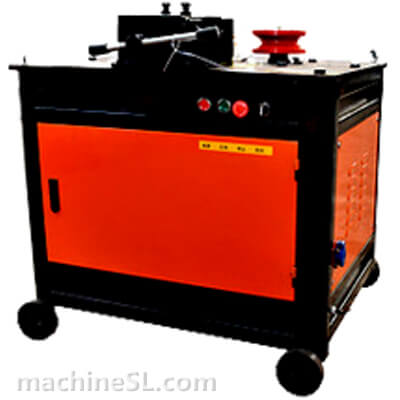
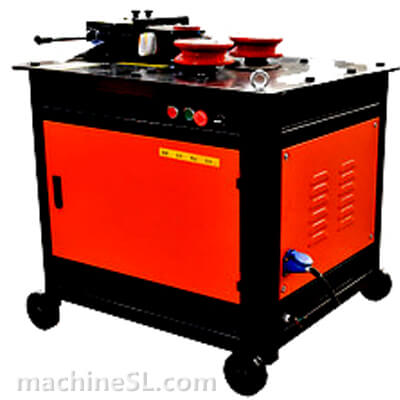
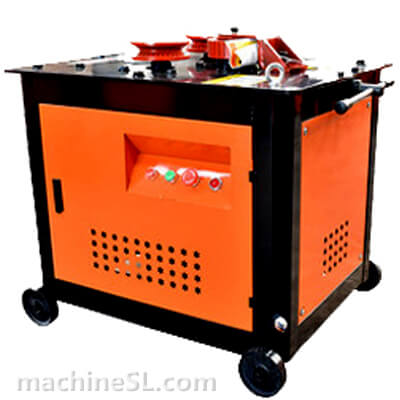
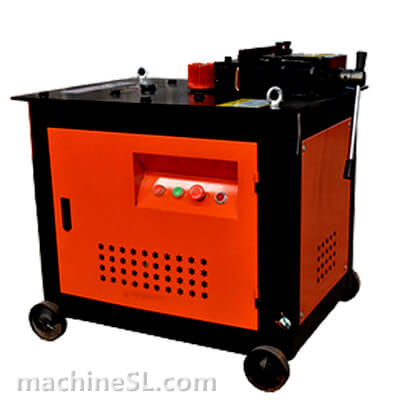
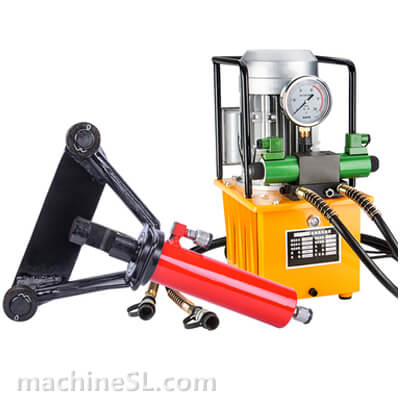
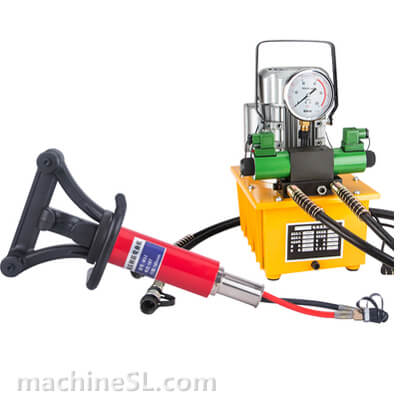
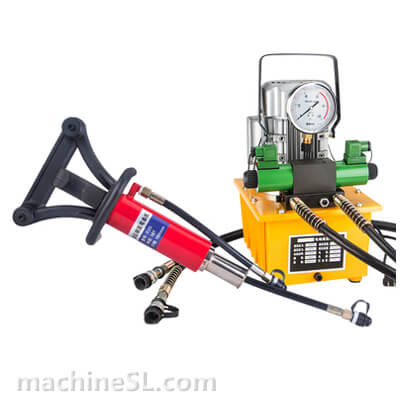
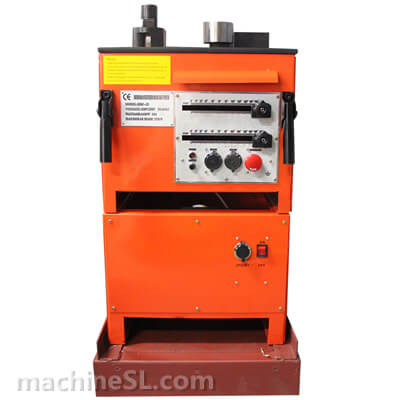
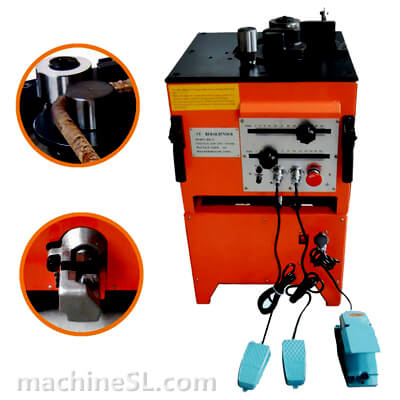
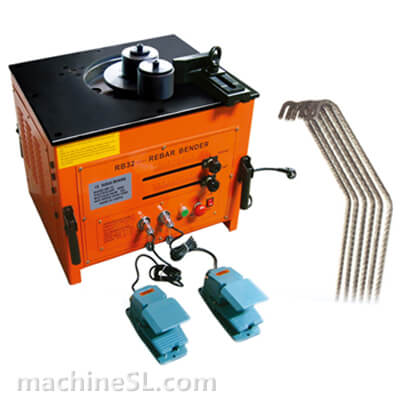
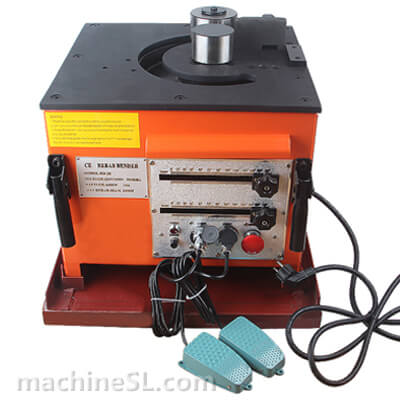
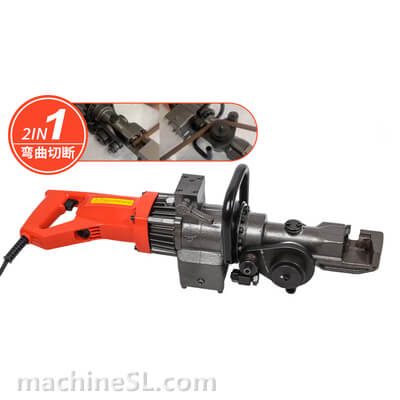
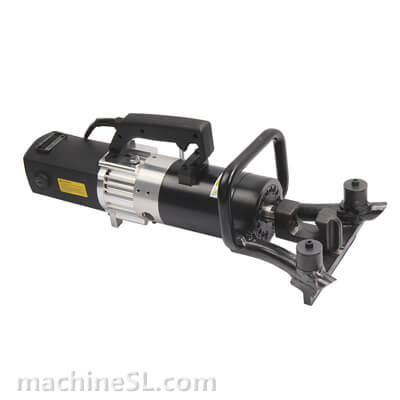
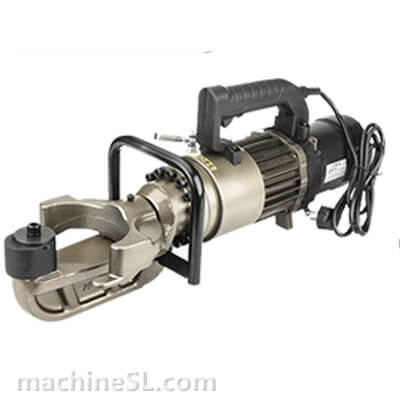
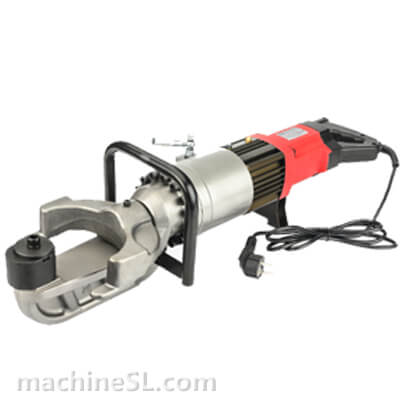
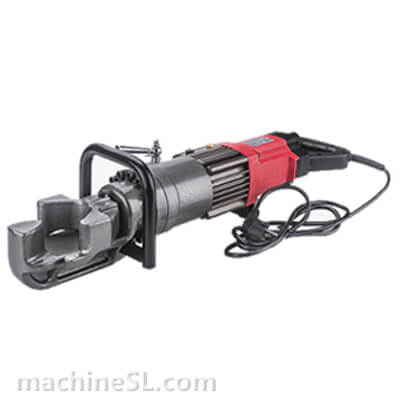
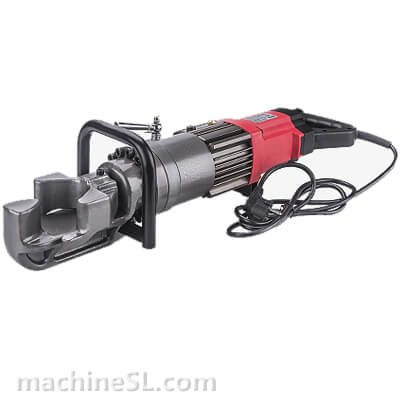
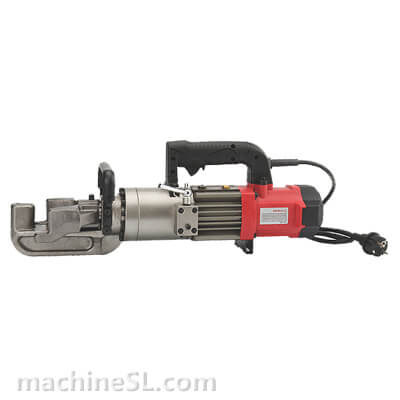
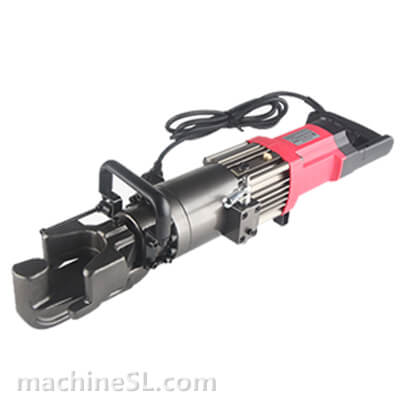
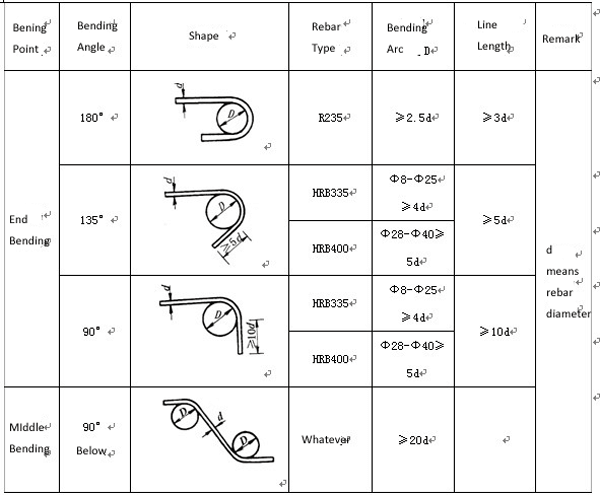

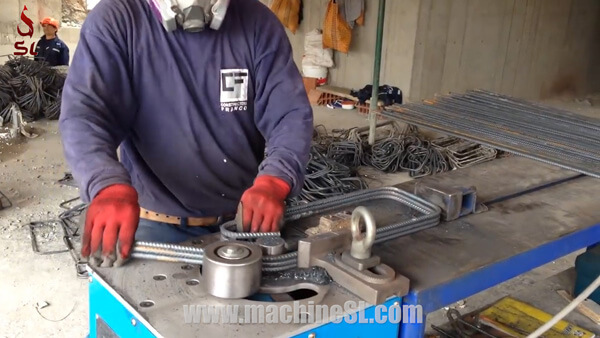
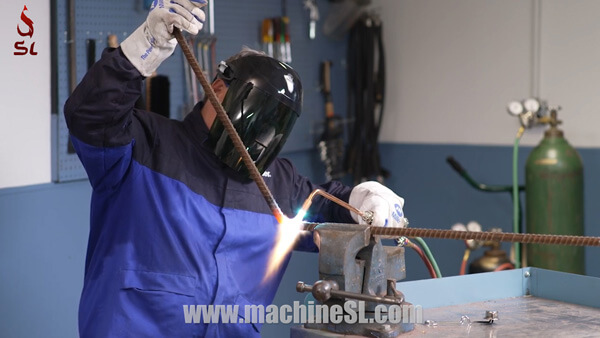
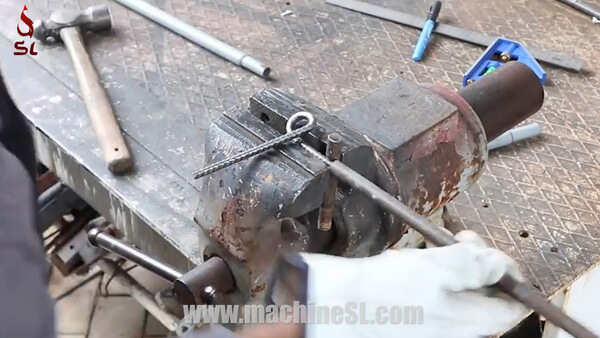
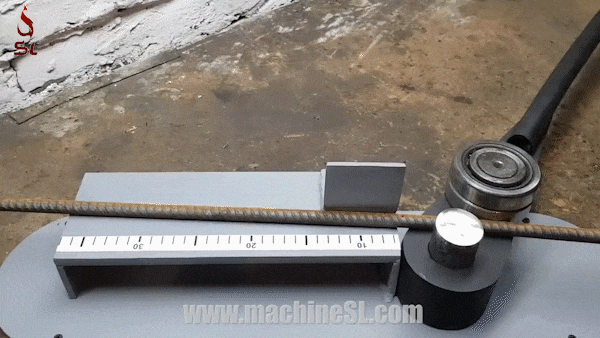
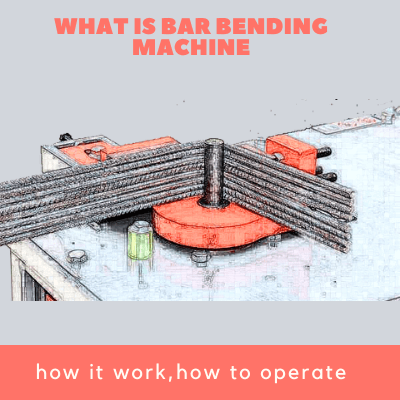
Leave A Comment